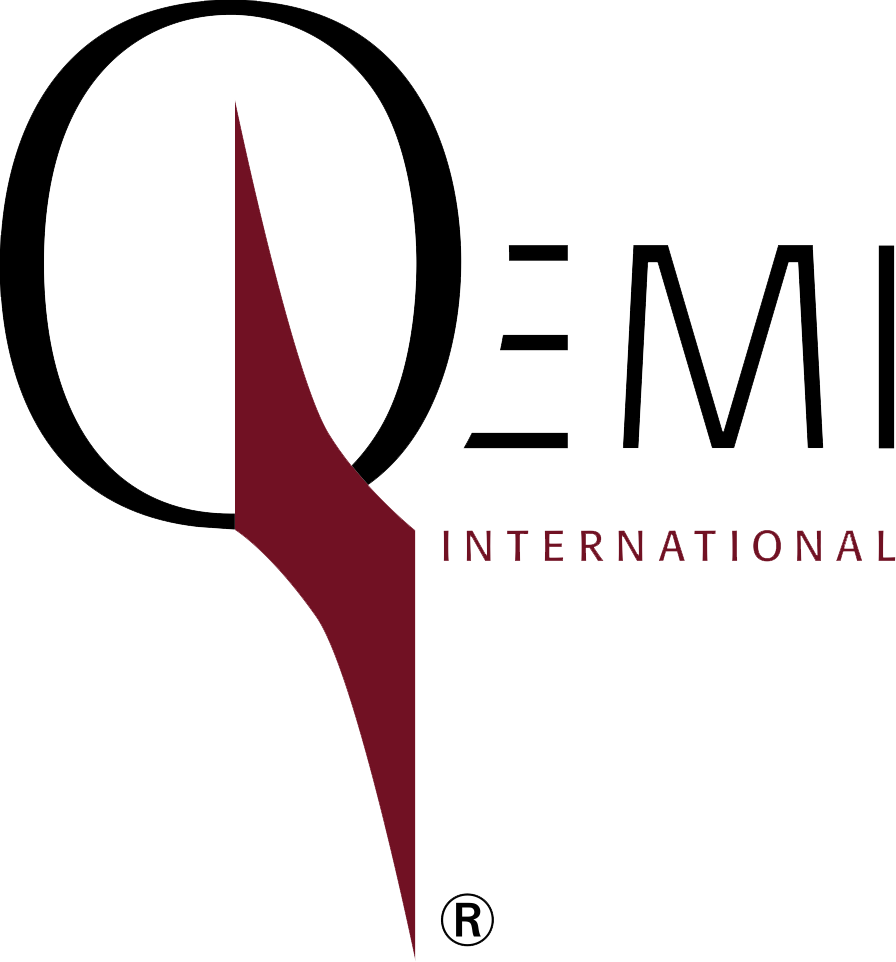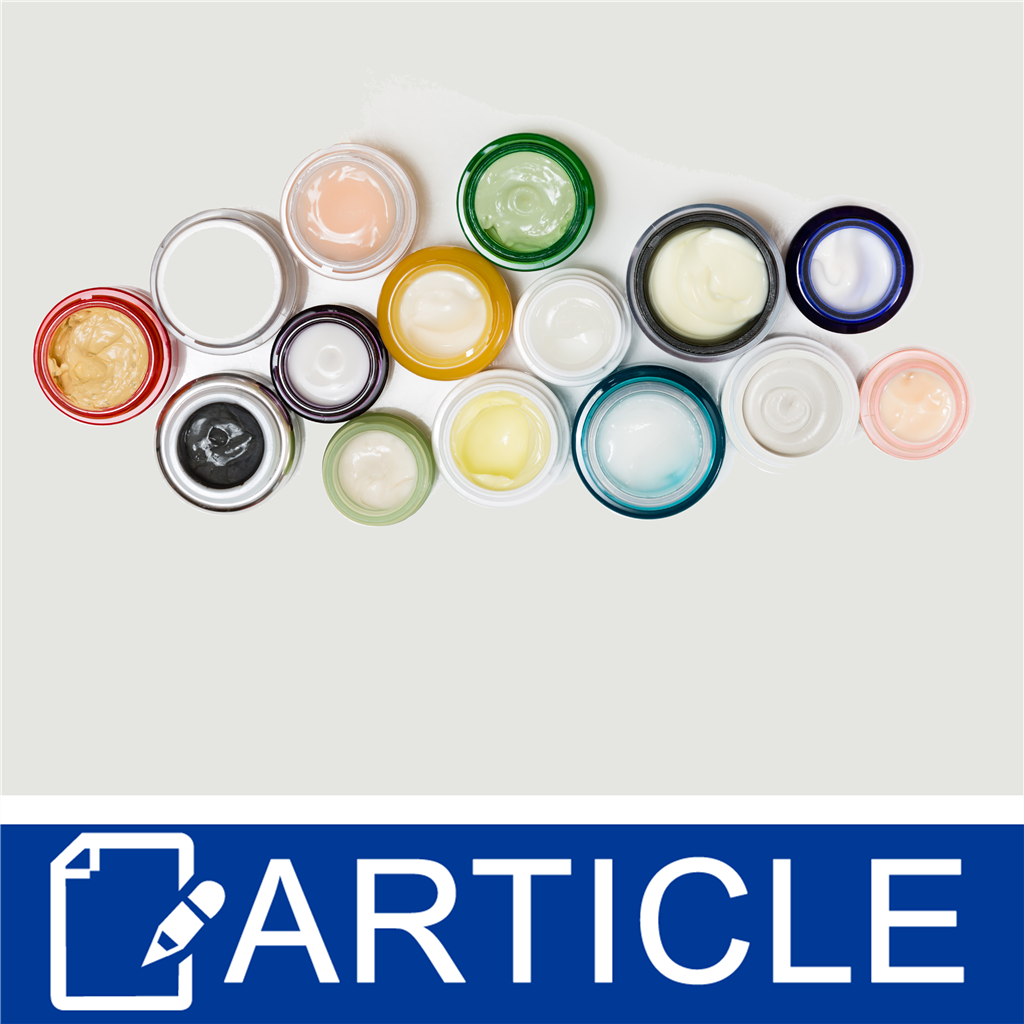ChatGPT said: What are emulsifiers in skin care products?
Emulsifiers: Key Components for Achieving Flawlessly Blended Solutions
Emulsifiers play a necessary role in producing steady combinations of immiscible liquids, such as oil and water. Their special homes permit them to minimize surface area tension, which is essential for uniformity in different formulas. Understanding the differences between all-natural and artificial emulsifiers can affect item quality significantly. As sectors significantly seek to enhance structure and service life, the option procedure for the ideal emulsifier ends up being paramount. What factors should be thought about in this essential selection?
Recognizing Emulsifiers: What They Are and Exactly how They Function
Although emulsifiers may appear like a basic enhancement to formulations, they play an important duty in maintaining mixtures of ingredients that normally do not mix well, such as oil and water. These substances work by minimizing surface stress at the user interface between immiscible fluids, permitting them to blend even more consistently. Emulsifiers have both hydrophilic (water-attracting) and lipophilic (oil-attracting) properties, which enable them to anchor themselves at the boundary of both stages. By doing so, they develop a safety obstacle that prevents the beads of one fluid from coalescing into larger masses, therefore keeping a steady emulsion. The effectiveness of an emulsifier relies on its molecular framework, which influences its ability to maintain blends. In different applications, from food to cosmetics, emulsifiers assure a consistent appearance and appearance, improving both functionality and customer charm. Their value can not be overemphasized in attaining well-blended formulas.
Types of Emulsifiers: Natural vs. Artificial
Emulsifiers can be extensively categorized right into two kinds: synthetic and natural, each offering distinctive benefits and applications. Natural emulsifiers, acquired from plant or animal resources, include lecithin, casein, and gum tissue arabic (emulsifiers). These emulsifiers are commonly favored in natural and clean-label items because of their minimal handling and biocompatibility. Their gentle nature makes them appropriate for delicate formulas, specifically in food and cosmetics

On the other hand, synthetic emulsifiers such as mono- and diglycerides, and polysorbates are made via chemical procedures. They are typically utilized in commercial applications due to their stability and effectiveness in creating emulsions. Artificial emulsifiers usually exhibit exceptional efficiency in severe problems, such as high temperatures or varying pH degrees. The selection in between natural and artificial emulsifiers mostly depends upon the details formulation needs, regulatory considerations, and customer preferences, affecting their efficient application in various markets.
Features of Emulsifiers in Food and Cosmetic Solutions
The role of emulsifiers expands past mere stabilization; they are essential in accomplishing the desired structure, shelf, and appearance life of food and cosmetic products. In food solutions, emulsifiers aid mix oil and water, producing smooth and consistent textures crucial for sauces, dressings, and dairy items. They reduce surface tension, improving the stability of emulsions, which protects against splitting up and lengthens quality.
In cosmetics, emulsifiers guarantee that ingredients, such as oils and water, mix seamlessly, enhancing and providing a pleasant feeling application. emulsifiers. They contribute to the product's thickness and spreadability, crucial for creams, creams, and serums. In addition, emulsifiers can envelop active ingredients, enhancing their distribution and performance in formulas. By controlling appearance and improving sensory qualities, emulsifiers play a crucial role in conference consumer assumptions in both food and cosmetic industries, ensuring products are not only appealing yet likewise functionally reliable
Choosing the Right Emulsifier for Your Item

Furthermore, the target application-- whether for food, cosmetics, or pharmaceuticals-- will influence the option. Food-grade emulsifiers ought to abide with security regulations, while aesthetic emulsifiers may need skin compatibility. Assessing variables such as HLB (Hydrophilic-Lipophilic Balance) aids in anticipating emulsifier actions in particular solutions. Inevitably, a detailed assessment of both regulatory considerations and useful requirements is vital to select one of the most efficient emulsifier, making certain the end product fulfills the wanted quality and stability standards.

Tips for Successful Solution Formation and Security
Accomplishing effective emulsion development and stability needs mindful interest to numerous essential factors. Initially, the choice of emulsifier plays a crucial duty; it ought to be compatible with the oil and read water stages to assure efficient stablizing. Second, the proportion of oil to water should be well balanced, as an incorrect proportion can cause instability. Third, the mixing process needs to be managed; high shear blending can help accomplish smaller sized bead sizes, improving security.
Temperature also influences solution stability; preserving optimal temperature levels during formula protects against premature separation. Furthermore, including stabilizers such as thickeners can further improve thickness, decreasing the chance of phase separation. Conducting complete stability tests after solution will help identify potential you can try this out concerns, permitting for modifications before final manufacturing. By sticking to these standards, formulators can accomplish consistent and reputable solutions that maintain their preferred homes gradually.
Frequently Asked Inquiries
Can Emulsifiers Be Made Use Of in Vegan Formulations?
Yes, emulsifiers can be made use of in vegan formulas. Many plant-based emulsifiers, such as lecithin from soy or sunflower, offer effective blending without animal-derived active ingredients, making them appropriate for a variety of vegan items.
What Prevail Allergens in Emulsifiers?
Typical allergens in emulsifiers include soy, dairy, and eggs, as particular emulsifiers are originated from these sources. Furthermore, some individuals may react to ingredients or chemicals used along with emulsifiers in numerous solutions.

Exactly How Do Emulsifiers Impact Service Life of Products?
Emulsifiers improve item security by preventing separation of components, consequently prolonging life span. They minimize perishing created by microbial development and oxidation, leading to prolonged freshness and improved quality in various food and cosmetic formulations.
Exist Any Type Of Health Concerns Related To Emulsifiers?
Research shows prospective health problems connected with emulsifiers, including intestine microbiome modifications and inflammation. While regulatory bodies usually consider them safe, continuous studies proceed to explore lasting impacts on wellness and overall well-being.
Can Emulsifiers Improve Taste or Aroma in Formulations?
Emulsifiers can improve flavor and scent in formulations by enhancing ingredient dispersion and security. This results in a more consistent product, enabling tastes to combine properly, eventually bring about a more enjoyable sensory experience for consumers.
Emulsifiers might seem like an easy enhancement to formulas, they play a crucial role in supporting mixes of ingredients that generally do not mix well, such as oil and water. In food formulations, emulsifiers assist mix oil and water, creating uniform and smooth appearances vital for sauces, dressings, and milk items. Food-grade emulsifiers ought to abide with security policies, while cosmetic emulsifiers may require why not check here skin compatibility. Typical allergens in emulsifiers include soy, dairy products, and eggs, as particular emulsifiers are obtained from these resources. Emulsifiers can boost flavor and aroma in formulas by enhancing active ingredient diffusion and stability.